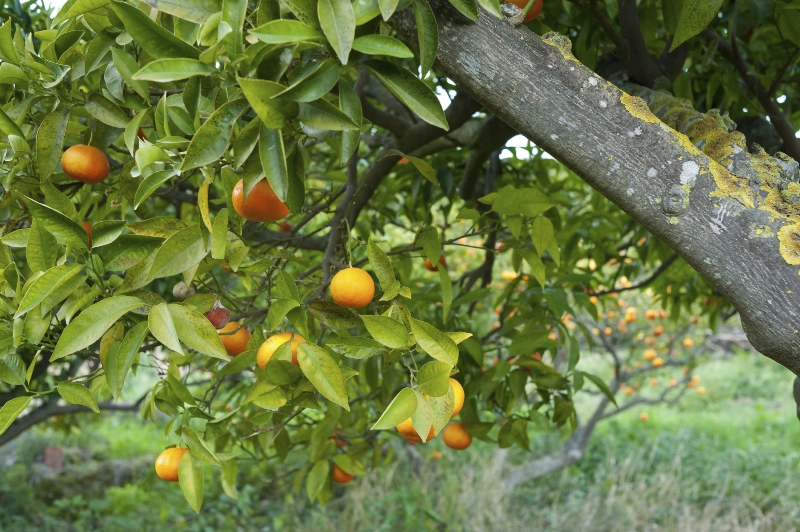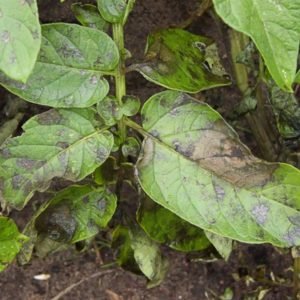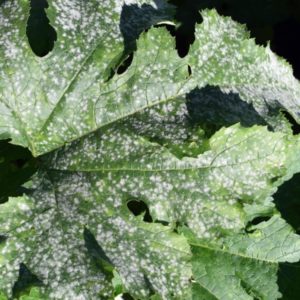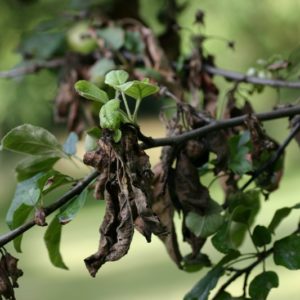In citrus fruits, downy mildew results in trunk rot, sometimes visible on the fruit. The disease is the consequence of Phytophthora, a mold fungus.
Downy mildew, even more so on citrus trees, is certainly a gardener’s worst nightmare. A sapling, planted with love and surrounded by affection, refuses to get comfortable, instead of collapsing several years after planting.
The tree had no visible insect or disease problems, it simply ” wilted “. The culprit in cases like this is often Phytophthora, a soil pathogen that infects trees, woody plants, and even vegetables. For example, late blight in tomatoes can devastate an entire crop.
How is late blight spread? Transmission

The fungus Phytophthora, responsible for the disease called downy mildew, is transmitted by water, either with contact with the bark of the tree (for example with heavy rains) or by contact on the fruits (generally those of the low branches) with raindrops that damage the outer shell of the fruit.
There are many species of phytophthora, some favored by warmer temperatures and others cooler, but the majority appear in spring and fall.
Symptoms of citrus blight
sticky gum sap flowing citrusIdentifying late blight on citrus is (unfortunately) easy:
- Citrus fruits (their fruits) affected by late blight turn brown, fall from the tree (before they are ripe) and give off a characteristic foul odor.
- The bark, at the level of the collar, rots and produces resin-gum, splits and reveals brown lesions.
- The foliage turns yellow, gradually dries up, and the position of the leaves then becomes anarchic.
Usually, the citrus withers for many years before dying. The phenomenon can be much faster on a young tree.
Preventive treatment

- Mildew argues trunk never spray the trunk, water with a drip system, or make a tool so as not to splash (permanently) the neck of the trunk. For example, the double bowl avoids wetting the bottom of the trunk.
- Disinfect tools as soon as you change shafts. Flame tools (with special care!), Or dip them in pure bleach (and wipe or let dry).
- When buying a young plant, opt for plants grafted more than 25 cm from the ground (the rootstock must be high enough).
The double bowl for watering: citrus fruits do not like water directly at the foot of the trunk (collar) because it can transport and transmit diseases. The neck of the tree is sensitive because the bark is thinner there than elsewhere. The “double bowl” consists of creating a dam isolating the trunk from direct contact with irrigation water (or rainwater). The inner bead creates a crawl space around the trunk, while the outer bead is located 50-80 cm beyond the plumb of the canopy.
Cure
- Remove diseased fruit, leaves and fallen branches to the ground
- Heal the visible wounds (by searching carefully!) To healthy wood and brush them with a fungicidal putty (against cankers for example).
- Water the surrounding soil with a solution of copper or Aliette (a common commercial fungicide that also controls Verticillium and fire blight). If the leaves are affected by mildew, also spray on the leaves (but not too much).
- Complete this curative treatment by applying Bordeaux mixture to the trunk.
Good to know
Like animals, including humans, citrus fruits are victims of diseases caused by fungi, viruses, or even nutritional deficiencies (vitamins, trace elements). Their consequences are generally much more serious than those caused by pests or parasites.
Formerly known as the fungus Phytophthora, the organism responsible for late blight is now classified as an oomycete, a life-form similar to the fungus but more closely related to algae. While this may be an insignificant distinction when plants are diseased, this new understanding may allow for better methods of control shortly.




